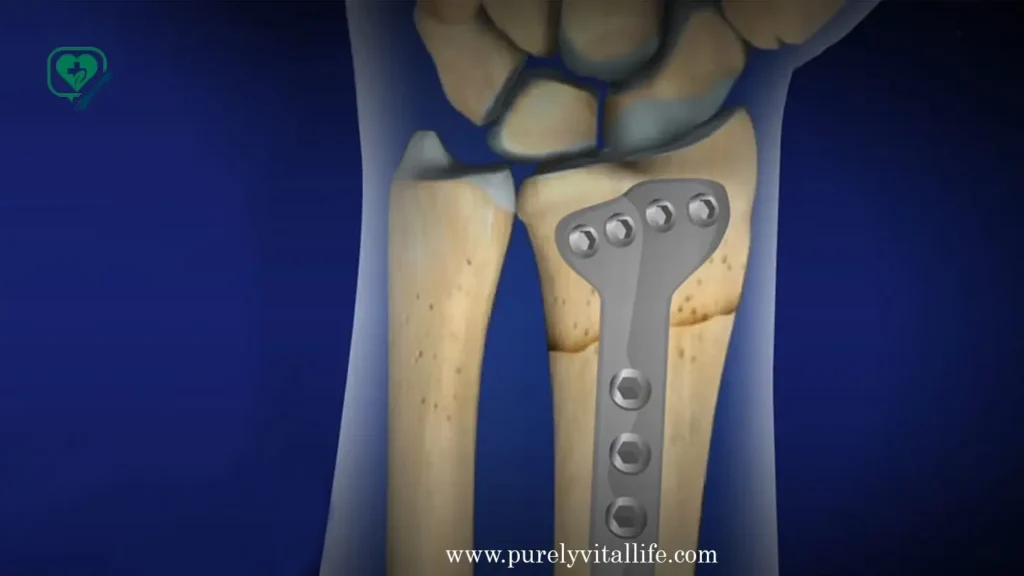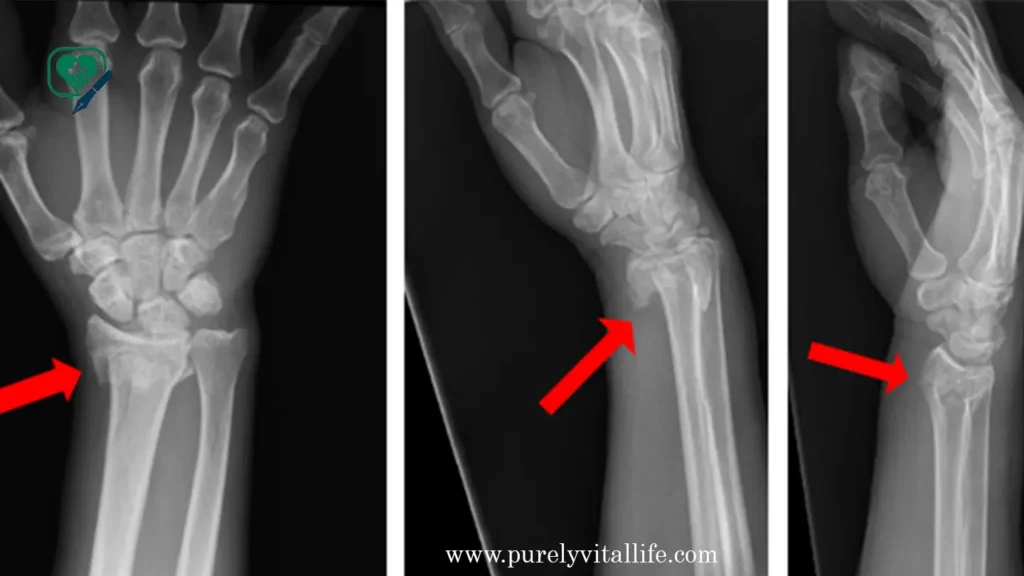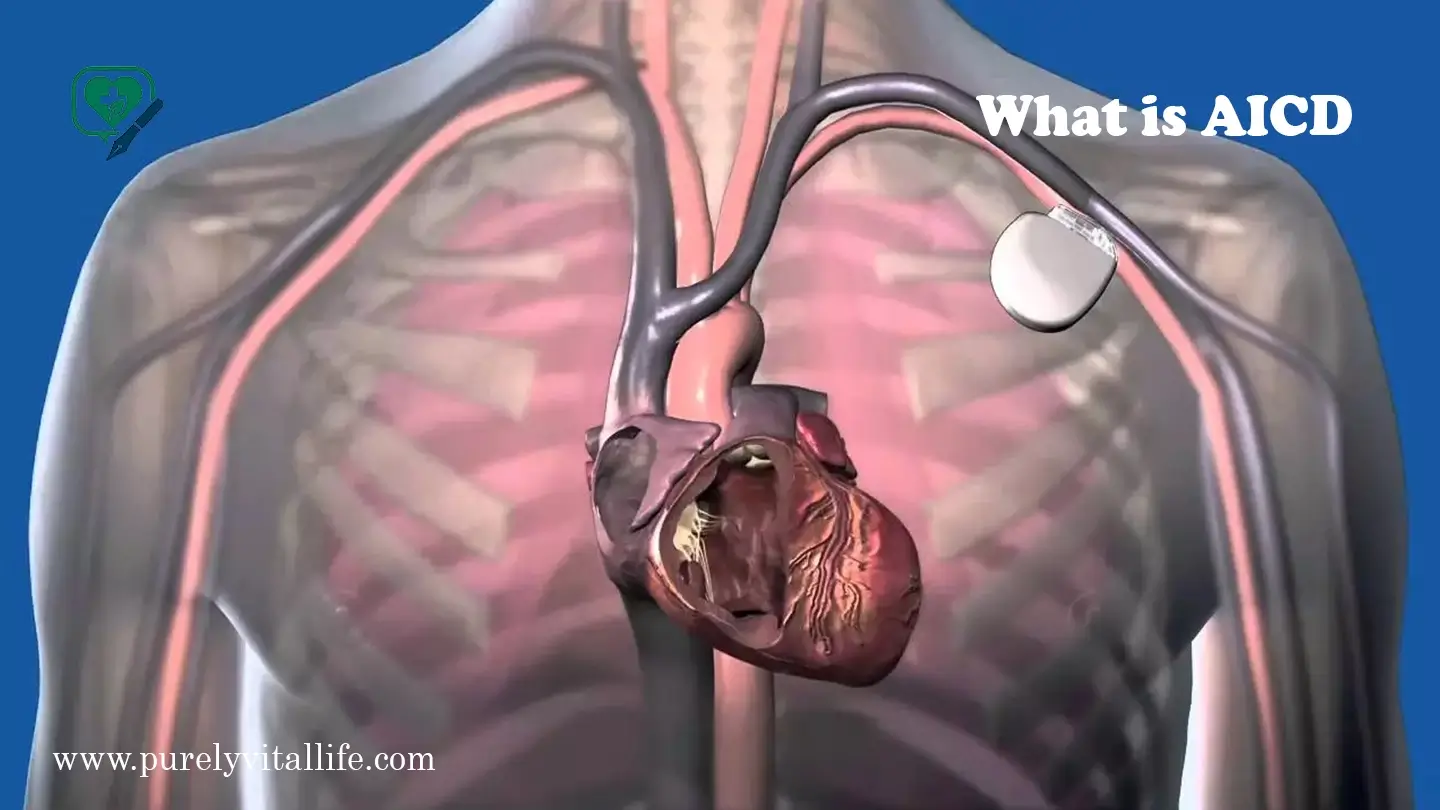
Introduction to Wrist Surgery:
Your ligaments and tendons support the joints in your wrists. Injuries to these structures can occur from overuse, accidents, arthritis, or other medical conditions. If non-invasive treatments fail, doctors may recommend wrist surgery to restore function. Here at Purely Vital Life we will walk through all the types of wrist surgeries. As well as their benefits and recovery tips and signs that indicate they might need it.
What Is Wrist Surgery?
Wrist surgery encompasses any variety of procedures designed to restore function, stability, and mobility to the wrist joint. It may involve minimally invasive or open surgery depending on its severity and nature of issue being addressed.
Surgeons frequently advise surgery when the wrist has experienced trauma (fractures or ligament tears) or when chronic conditions like arthritis impede daily activities significantly.

Common Conditions Requiring Wrist Surgery:
Carpal Tunnel Syndrome:
This condition is caused by pressure being placed on the median nerve within the carpal tunnel of the wrist. People experiencing carpal tunnel can often experience symptoms like tingling, numbness and weakness in their hands; left untreated this nerve compression could result in permanent damage; it helps by relieving pressure off of it and restoring proper hand function.
Wrist Fractures:
Falls, sports injuries, or car accidents can fracture the wrist. Doctors treat most with casts or splints to help them heal quickly, while more severe fractures require surgical realignment to restore strength and motion properly. If patients do not receive surgery when needed, improper healing can cause stiffness or deformity that may persist over time.

Arthritis:
Arthritis can lead to stiffness, inflammation and severe joint pain in the wrist. Over time, cartilage between wrist bones wears away leading to bone-on-bone friction that requires surgical interventions when medication or physical therapy no longer work effectively – procedures like joint fusion or replacement may dramatically improve quality of life.
Tendon or Ligament Injuries:
Tendons and ligaments play an essential role in wrist movement and stability, so injuries to these soft tissues can cause weakness, instability or chronic pain in the wrist. Surgeons may perform surgical repair to restore normal mechanics and prevent future complications when tendons or ligaments tear completely or do not respond to rest and physiotherapy.
Also Read About AICD Medical Abbreviation Explained: Meaning, Uses, and Importance in Cardiology --- >>>
Types of Wrist Surgery:
Arthroscopic Wrist Surgery:
This minimally invasive process uses an arthroscope – a small camera inserted through a tiny incision – to view and repair internal structures without making large cuts. Arthroscopic wrist surgery results in less pain, faster recovery time, and minimal scarring; often used to treat ligament tears, remove loose bodies or clear out arthritis-related debris.
Carpal Tunnel Release:
A carpal tunnel release involves cutting the transverse carpal ligament to relieve pressure on the median nerve, with either an open or endoscopic approach depending on surgeon preference. The procedure usually takes 30-60 minutes and usually under local anesthesia – most patients experience relief from numbness and pain shortly thereafter.

Open Reduction and Internal Fixation (ORIF):
This surgery is used to treat complex or dislocated wrist fractures. A surgeon makes an incision to realign broken bones before stabilizing them with metal plates, screws, or pins for strong internal support allowing proper healing to take place and avoiding deformities in recovery timeframe. Recovery may take longer; however it will ultimately ensure long-term wrist function and avoid deformities in future years.
Wrist Fusion (Arthrodesis):
Surgeons perform wrist fusion by permanently joining two or more wrist bones to eliminate painful motion, typically in cases of severe arthritis or joint instability. Although wrist movement may become limited following this procedure, patients usually find long-term relief and return to enjoying daily tasks without discomfort.
Replacement Joint (Arthroplasty):
With wrist joint replacement surgery (arthroplasty), the damaged joint is removed and replaced with a prosthetic implant made of metal and plastic. This procedure can help patients suffering from arthritis to retain some wrist mobility while relieving their pain significantly; it restores function while significantly decreasing pain levels; however, not all candidates qualify.
Benefits of Wrist Surgery:
Pain Reduction:
Wrist surgery aims to alleviate chronic or severe pain that hinders daily life, be it caused by arthritis, injury, nerve compression or any other cause. Many patients report significant improvement in comfort and quality of life post-surgery; long-term relief typically means reduced need for medication.
Restored Function:
Wrist surgery helps restore movement, strength, and flexibility in the wrist joint for increased movement, strength, and flexibility for easier return to work, sports, or daily tasks with greater ease. Surgery options like tendon repair or joint replacement can significantly enhance hand coordination; rehabilitation further augments results for full return to normal activities over time.
Wrist Surgery Prevents Further Damage:
Timely wrist surgery may help keep a condition from worsening, such as untreated carpal tunnel syndrome which can lead to permanent nerve damage and fractured or misaligning bones that need stabilizing from deforming further over time. Early surgical intervention often leads to better outcomes with reduced complications.
Also Read About EKG vs Echocardiogram: Understanding Heart Tests That Save Lives --- >>>

Risks and Considerations:
While wrist surgeries are generally safe, there are some risks involved:
- Infection
- Nerve damage
- Blood clots
- Incomplete healing
- Limited range of motion (depending on the procedure)
Discuss all potential risks with your orthopedic surgeon to make an informed decision.
What to Expect during Recovery:
Immediate Post-Surgery Care:
After wrist surgery, your wrist will likely be immobilized using a splint or cast to protect the area and minimize swelling and fluid buildup. Elevation may help reduce swelling while elevating your hand may help with fluid drainage and fluid management. Your doctor may prescribe pain medications and antibiotics to manage discomfort and prevent infection, and you must follow all post-op instructions to achieve optimal healing.
Physical Therapy:
Once the initial healing phase has concluded, physical therapy plays an integral part of recovery. Therapy restores wrist and hand joints’ range of motion, strength, and flexibility through gradually progressive exercises after surgery. Your physical therapist will guide you through exercises designed specifically for your surgery type to prevent stiffness and restore function.
Recovery Timeline:
The total recovery time varies based on the complexity of wrist surgery. Less invasive treatments like arthroscopy may only need a few weeks for healing while more extensive procedures such as fusion or joint replacement could take months for completion. Doctors will track your progress through follow-up appointments and X-rays to ensure your wrist heals optimally.
When Should You Consider Wrist Surgery?
If you are experiencing any of the following, it could be time to consult with a specialist:
- Constant wrist pain unrelieved by rest or medication
- Numbness or tingling in your hands?
- Issues holding or lifting objects
- Previous injuries that failed to heal properly
- Reduced Range of Motion:
At Purely Vital Life, we recommend consulting with a hand or orthopedic specialist prior to considering surgical solutions.
Steps for Selecting the Appropriate Surgeon:
- To find an experienced orthopedic or hand surgeon, search for board-certified professionals.
- Ask about their experience with specific types of wrist surgery procedures.
- Read reviews or request patient testimonials.
- Check that the facility holds proper accreditation and has all necessary equipment before you open it for business.
Final Thoughts:
Wrist surgery can be transformative for those suffering from pain, injury or limited mobility. Although surgery should not serve as the primary treatment to relieve symptoms or restore function, it may provide relief. When conservative measures fail, a licensed healthcare provider can help you weigh options and make the best final decision carefully.
Visit Purely Vital Life for wellness advice and health-related articles.

















Very clear explanation of wrist surgery. It’s great to understand the different types and when surgery becomes the best treatment option.
Informative content. Keep it continue